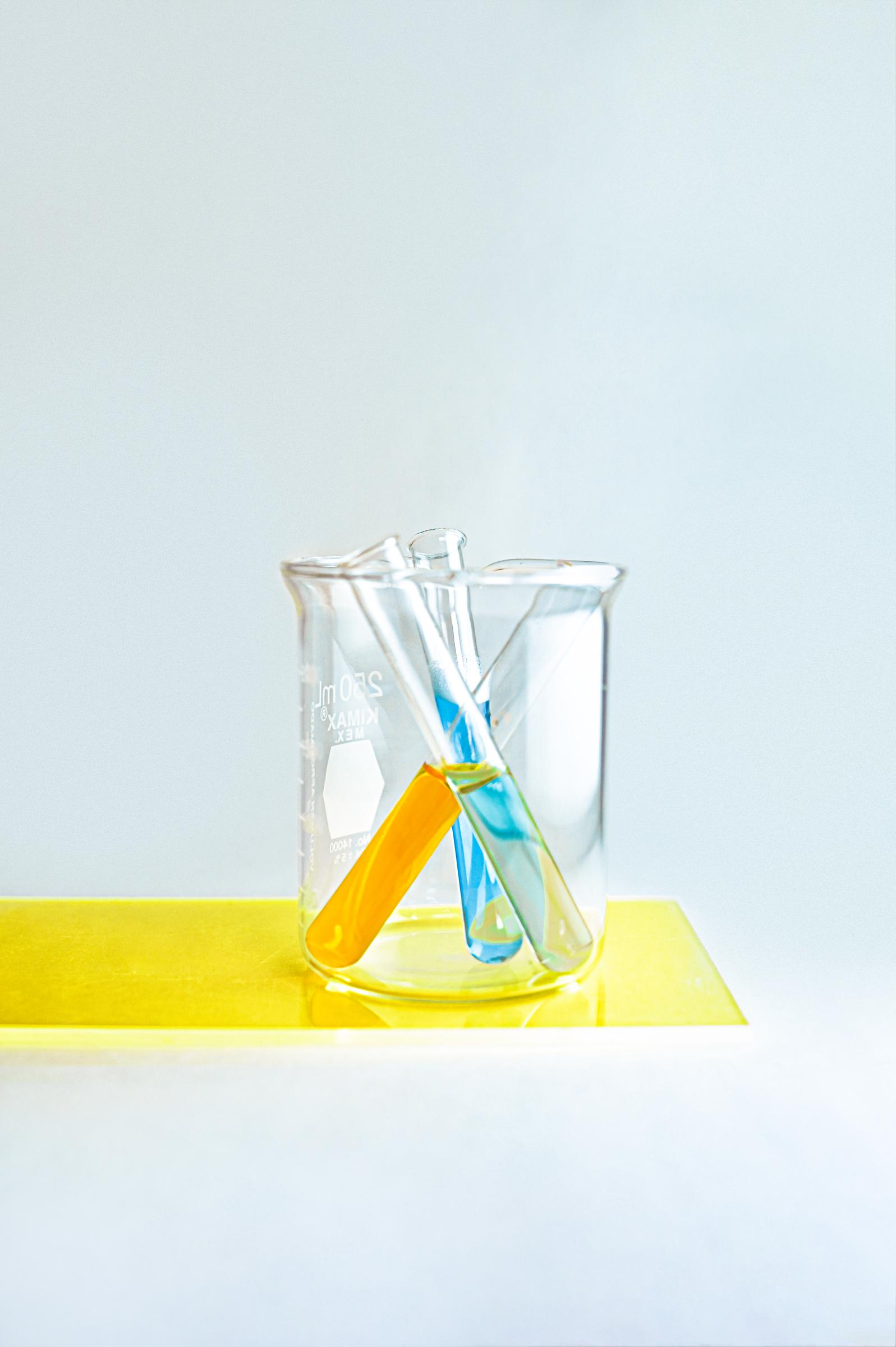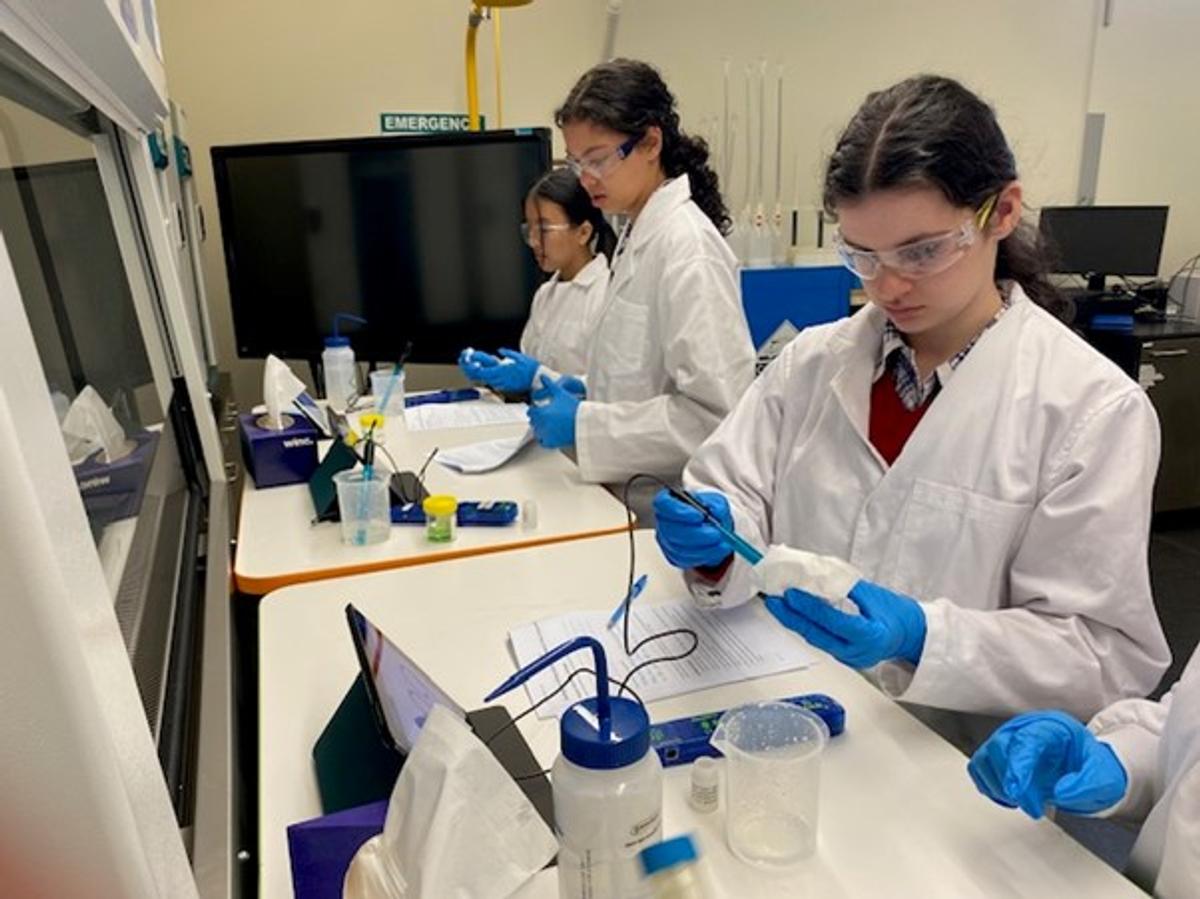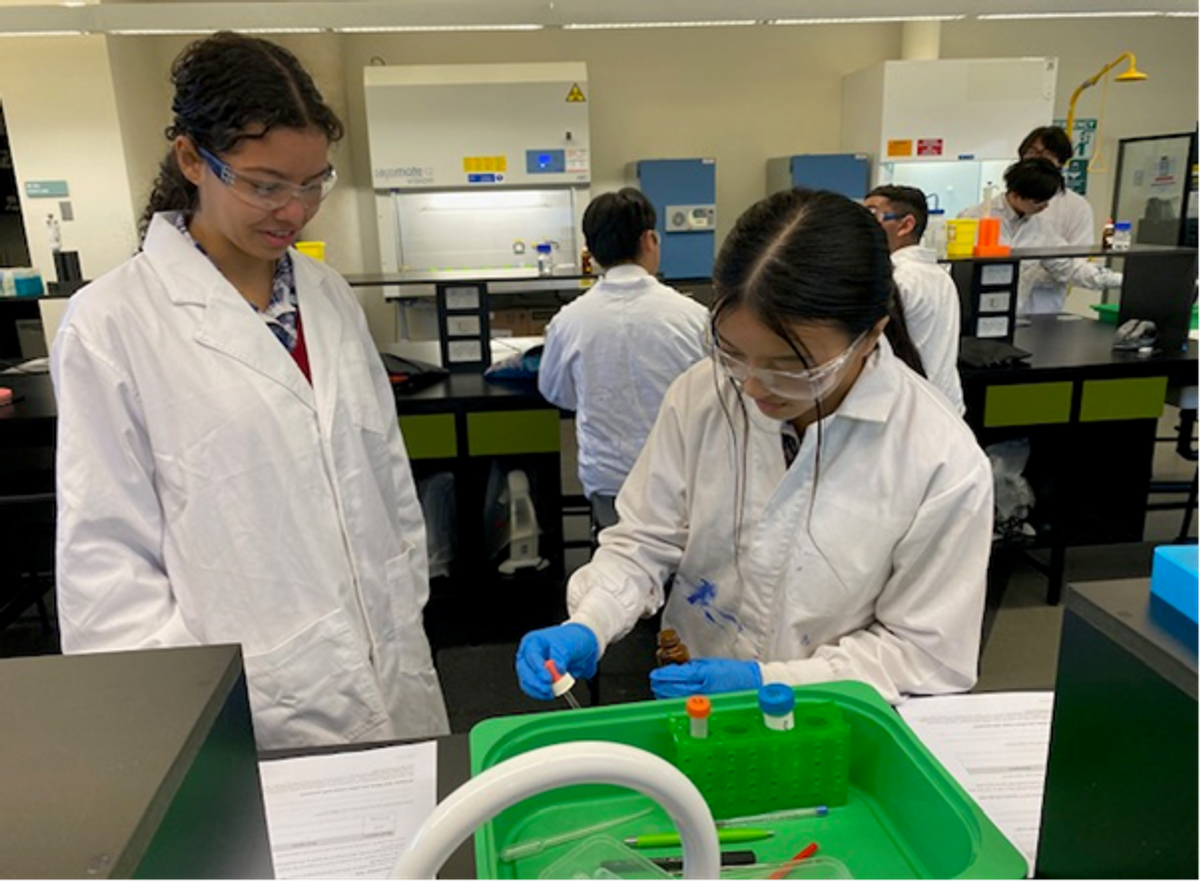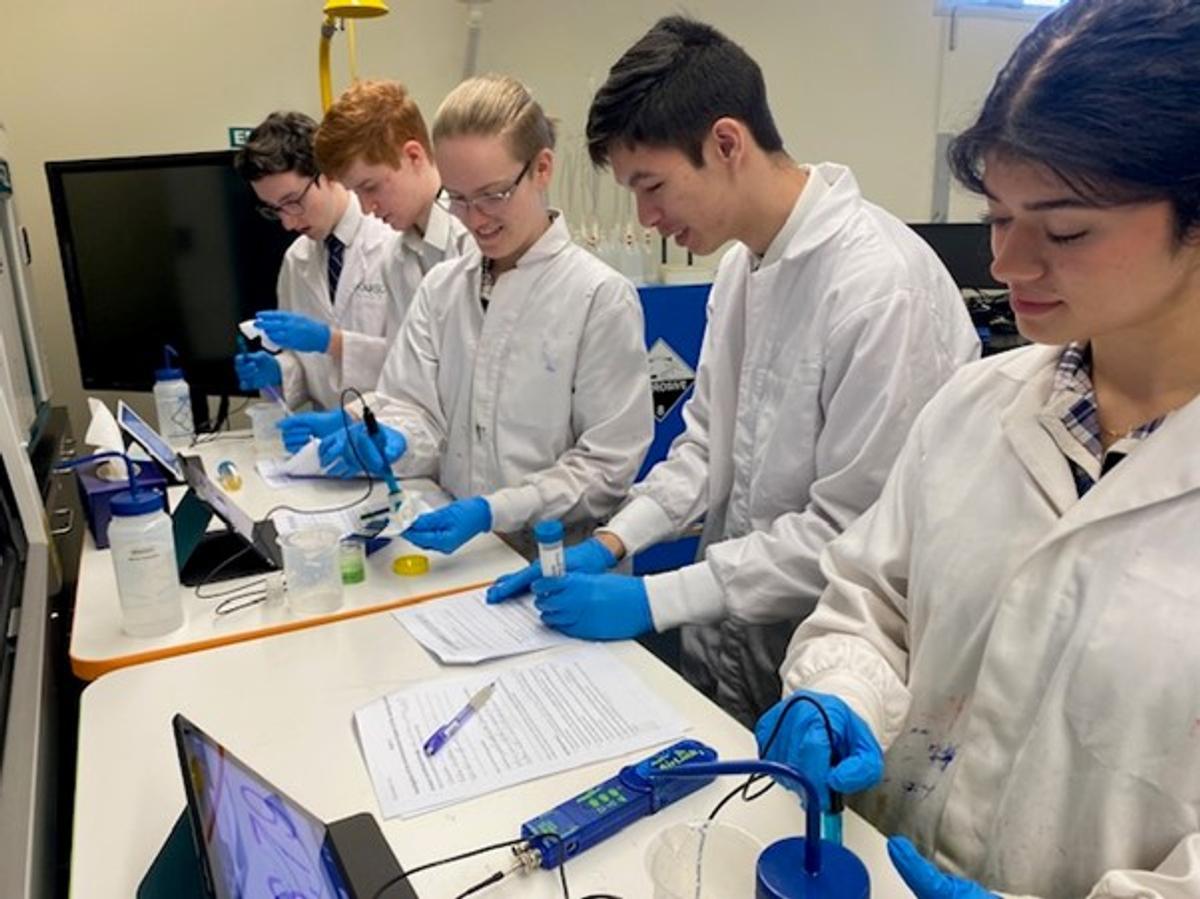Year 11 Chemistry Excursion to KIOSC
Student Reflections

Year 11 Chemistry Excursion to KIOSC
Student Reflections
On Thursday 14 September 2023, Year 11 Chemistry students attended KIOSC (Knox Innovation Opportunity & Sustainability Centre) at Swinburne University, Wantirna South campus. Below are two reflections from our students.
Chemistry, the science of matter, its properties, composition and interactions, came to life for the Year 11 Chemistry class during the KIOSC program at Swinburne University, where they explored multiple techniques used to investigate properties of organic compounds within samples of water, particularly concentrations of various contaminants.
The class learned about various techniques such as High-Performance Liquid Chromatography (HPLC), delving into the precision of separating and analysing complex mixtures, and UV-Visible Spectroscopy, which added a spectrum of colour to the excursion while exploring how molecules absorb and emit light. Using UV-Visible Spectroscopy, students created a calibration curve – a graph composed of the concentrations of samples of known concentration and their light absorbances – and then compared the light absorbance of a sample of unknown concentration with the curve to estimate it. The students were given scenarios involving mining and pharmaceutical companies that may have contributed to pollution in nearby lakes and water sources, which gave them a greater understanding of real-life applications of these techniques.
This trip to Swinburne University left a lasting mark on the Year 11 Chemistry students, fostering a deep comprehension of the various analytical techniques and real-life application through hands on practical work. Guidance from the facilitator at the lab allowed the students to leave with much new theoretical knowledge after being given the opportunity to perform these investigations rather than just learn about them in class. Christopher John (11.15)






Embarking on a chemistry excursion to KIOSC at Swinburne University in Melbourne proved to be an exhilarating journey into the intricacies of analytical techniques. The laboratory buzzed with anticipation as we delved into the world of UV-visible spectroscopy, Atomic Absorption Spectroscopy (AAS), Gas Chromatography-Mass Spectroscopy (GCMS), Infrared Spectroscopy (IR), and High-Performance Liquid Chromatography (HPLC). Each apparatus represented a portal to unravel the mysteries within our samples.
Guided by the experts, we navigated the nuances of UV-visible spectroscopy, deciphering the spectra to unveil the tell-tale signs of chemical compounds. Atomic Absorption Spectroscopy allowed us to scrutinize minute concentrations of metal ions, while Gas Chromatography-Mass Spectroscopy unravelled the complex interplay of molecular fragments in our samples. Infrared Spectroscopy provided a fingerprint for molecular identification, and High-Performance Liquid Chromatography separated compounds with precision.
Our mission was clear—to identify and quantify salt or organic compound contaminants lurking in the sample solutions. The instruments became extensions of our curiosity, enabling us to peer into the molecular landscapes that were once hidden. As we deciphered peaks and valleys on the spectra, the excursion became a voyage of discovery, unravelling the secrets of chemical composition and concentration with each precise analysis.
Overall, it was a fantastic experience that truly enhanced my love and passion for chemistry and has motivated me to continue striving for more learning in the subject. Joshua Ho (11.15)
Vinita Seago
Senior School Teacher